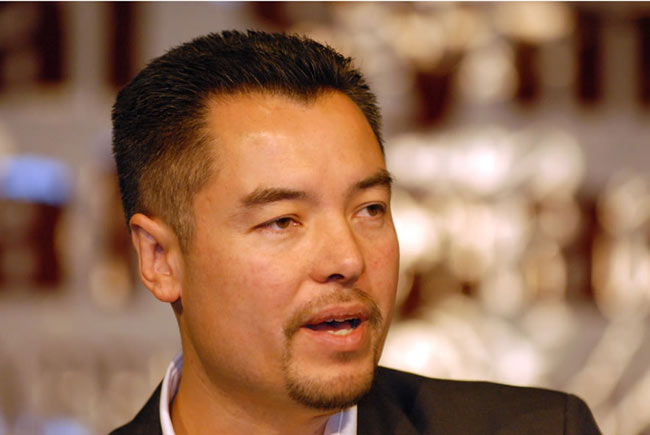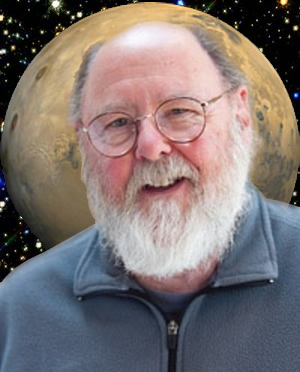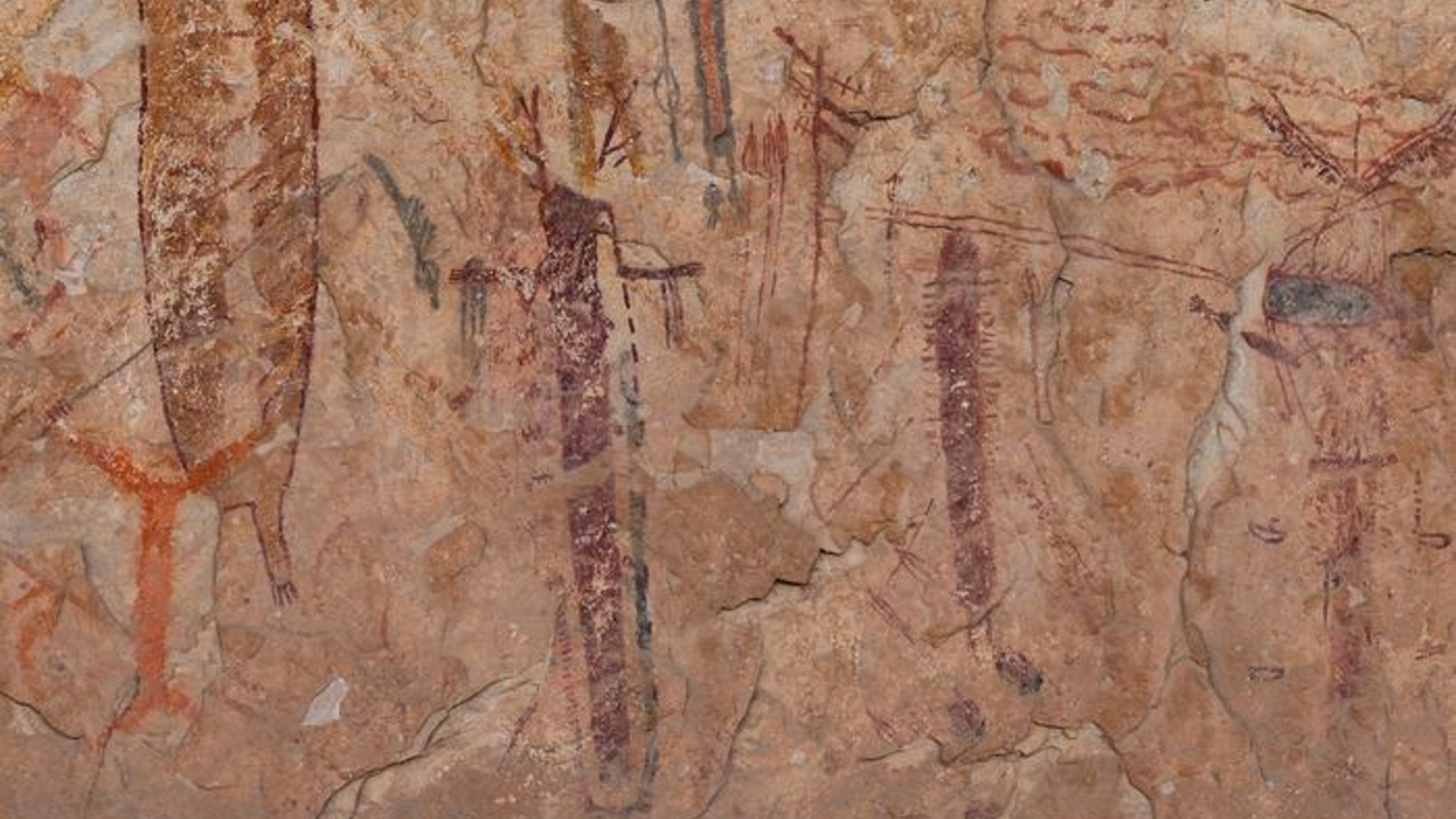Virgin Galactic: Anatomy of a Business Model

LASCRUCES, New Mexico - For Virgin Galactic--the passenger-carrying spaceliner company--plansare rapidly taking shape to offer suborbital space flights in the near-term butalso to eventually offer point-to-point rocket travel around the globe, as wellas to space hotels, and trips to the Moon.
Whilethe business case for public space transportation has yet to be proven,sections of Virgin Galactic's spaceliner already dot the factory floors atScaled Composites in Mojave, California--all under the watchful eye of aerospacedesigner, Burt Rutan.
Rutanand his team built and flew the piloted SpaceShipOne on a trio of suborbitaltreks in 2004, winning the $10 million Ansari X Prize purse in the process. Nowthey are hard at it fulfilling the Virgin Galactic order for commuter-classspaceliners.
Thecompany's founder, British entrepreneur Sir Richard Branson entered into apartnership last year with Rutan creating The Spaceship Company to build afleet of commercial suborbital spaceships and launch aircraft.
AtVirgin Galactic, ticket sales for suborbital flights at $200,000 a seat aretallying up. And here in New Mexico, the design of Spaceport America is underway tohandle the space-bound public traffic by 2009-2010.
Thebusiness plan is for 50,000 people to visit space over a ten year time period,explained Alex Tai, vice president, operations for Virgin Galactic. Tai istrained as a pilot in the Royal Air Force and started at Virgin as an airlinepilot for Virgin Atlantic before embarking on special projects for Branson.
Workingon the Virgin Galactic project from its conception, Tai plans to fly the firstcommercial flight of the firm's spaceship as one of the pilots. Among currenttasks, he is supervising the design and construction of the new passenger-carryingSpaceShipTwo.
Breaking space news, the latest updates on rocket launches, skywatching events and more!
Inthis exclusive interview, SPACE.com caught up with Tai during the 2ndInternational Symposium for Personal Spaceflight, held here prior to theOctober 20-21 Wirefly X Prize Cup festivities.
Maximize the experience
"Whatthis is about is some seven minutes of black sky; about four minutes ofzero-gravity and about training to become an astronaut," Tai explained. There'sno doubt in his mind that the experience will be first-rate and a full-servicepackage--akin to the luxurious pampering already given Virgin travelers, henoted.
"Youcan sit somewhere in a box strapped into an ejection seat and give them zeroview," Tai said. "That's no way to go into space. We'll be giving them a reallysexy training experience. We're providing large windows that maximize theview...the freedom to float around in zero-gravity...to maximize the experience. Idon't think we're in danger of under-delivery."
Forthe $200,000 a person receives an all-accommodations three-day package, hotel,training and transport to and from the spaceport site. "We'll throw in mealsand champagne," Tai added.
Early adopters
Taisaid that he's aware that there is still skepticism in some circles aboutpublic space travel. More stunt than a stable business. Branson is keen, heresponded, on developing a legacy and becoming the first-ever spacelineroperator and owner.
Beyondhigh-priced seats--those early adopters of spaceliner travel that are bookingand spending big time dollars--look for the cost of access to space to drop.
"Therewill be incremental improvements to the technology," Tai predicted. Initially, SpaceShipTwo,like its predecessor, will utilize the oomph of a hybrid rocket motor. But oncethe industry is underway, Virgin Galactic will look for other types of motorsto plug in the back of spaceliners.
"Thenthe seat prices will tumble," is the forecast from Tai. Branson plans to plowback money gained from early flights into extensions of space tourism, headded.
Bankingon Virgin Galactic's progress, watch for more manufacturers to pop up withother types of space vehicles. "There will be fuel to fan the invention...and thefuel is money," Tai said.
Safety in the front seat
Itwould be wrong to think of SpaceShipTwo as a "scaled-up" SpaceShipOne. Whilelarger in size--both the suborbital rocket plane as well as the White Knightcarrier mothership--extra margin must be built in for safety systems to beimplemented. Redundant and backup systems are to be employed too.
Loftingsix passengers and two pilots up to the edge of space means putting safety inthe front seat and a rigorous testing and shakeout program of hardware isenvisioned, Tai said.
"Froma business perspective," Tai suggested, "I would very much like him to spendthe least amount of money and do it in the shortest period of time. But that'snot the fundamental requirement. It's producing the safest, best-performingship. If I have to wait an extra year for that, I'll take the pressure fromeveryone...to make sure that we get the best possible product."
Dreamy job
Taisaid by the time the first systems are delivered to Virgin Galactic, something inthe range of $150 million will have been spent.
Thenan operational structure must be put in place. Facilities are required tohandle early operations in Mojave, California and at Spaceport America in New Mexico. A team ofexceptionally competent and skilled personnel to operate the spaceliners arealso needed.
"Andthat's going to cost money as well. I believe we'll spend between $225 millionand $250 million" to reach that operating point, Tai said, perhaps staring in2009 but also depending on how the testing program goes.
Therewill be a Virgin Galactic cadre of spaceliner pilots. They are being drawn fromVirgin's network of airlines. "We pay top dollar. And that attracts some of thebest pilots," Tai said, with those selected for space travel duty picked aftera meticulous training and preparation course.
"We'llensure that we get the best possible pilots. It'll be a dreamy job," Taiemphasized.
Passionate passengers
Taispeculates that hundreds of spaceships might be needed to handle passionatepassengers from around the world that hunger for space travel.
Beyondthe New Mexico spaceport--once the case for safety and turnaround time is made with the SpaceShipTwosystem--rhaps semi-permanent facilities, even local municipal airports, couldhandle space travel operations, Tai suggested.
"It'sclearly a goal of Virgin Galactic of being a spaceline operator, not just forsame-point-to-same-point space tourism," Tai said. "We want to gopoint-to-point on the planet ...with exceptional style and safety."
Gettingcheap access to low Earth orbit, Tai continued, will be leveraged from theability to globally hop about. "That's where the real market is. It will bedone off the back of point-to-point...not off going straight to low Earth orbit."
Withthat technology in hand, it's onward to orbital destinations, space hotelstopovers, and to the Moon and beyond, Tai said. "That's the big step, to breakfree of the surly bonds of Earth."
- VIDEO: Virgin Galactic: Let the Journey Begin
- VIDEO: How to Build a Tour-Ship for Space
- Burt Rutan on Civilian Spaceflight, Breakthroughs, and Inside SpaceShipTwo
- Space Adventures Offers $15 Million Spacewalks for ISS Visitors
- Public Space Travel: Building the Business Case
- Space Tourism: Keeping The Customer Satisfied
- Experience the Future of Flight

Leonard David is an award-winning space journalist who has been reporting on space activities for more than 50 years. Currently writing as Space.com's Space Insider Columnist among his other projects, Leonard has authored numerous books on space exploration, Mars missions and more, with his latest being "Moon Rush: The New Space Race" published in 2019 by National Geographic. He also wrote "Mars: Our Future on the Red Planet" released in 2016 by National Geographic. Leonard has served as a correspondent for SpaceNews, Scientific American and Aerospace America for the AIAA. He has received many awards, including the first Ordway Award for Sustained Excellence in Spaceflight History in 2015 at the AAS Wernher von Braun Memorial Symposium. You can find out Leonard's latest project at his website and on Twitter.
